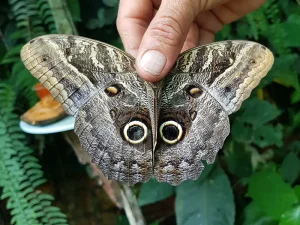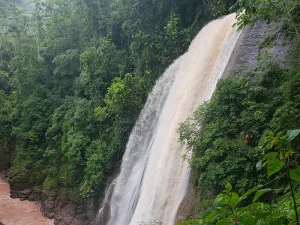In 2019, I planned a very long trip, in which I was going to visit three cities in Peru for the first time: Huánuco, Tingo María and the Central Jungle (La Merced and San Ramón), which I was going to visit in that order. She was obviously super excited!! I already wanted the day to come, I don’t know if it happens to you… but when I know that I’m going on a trip I am filled with anxiety of already wanting to start it!
This was a trip that I really enjoyed and that taught me a lot about organizing trips, personal safety and means of transportation… yes, means of transportation. I’ll tell you why later. Now yes, here comes the first part of this trip, in which I met a city full of traditions, nature and colors: The City of Huánuco , gateway to the Peruvian Amazon.
How did I get to Huanuco?
As it was a new destination, I decided to consult with a friend who knew Huánuco, how I could get there. She recommended me to take a bus with the GM International company, I had never heard of that company but in the end I had a good and calm experience with them. So I recommend them. Now, at the beginning of last year we no longer had the option of taking a flight from Lima to the city of Huánuco since the airline that was going closed. However, checking as I write this post, we currently have the Atsa airline that flies to that beautiful city. If you dare to go by bus, the time to get to Huánuco is approx. 10 hours.
Who can help us organize the Tours? Here my recommendation!
Sometimes, when I travel, I like to be well informed about the destination I will visit and what activities I can do on my own without having to resort to a tour agency. But! This time I evaluated two factors: Money and Comfort, to see if it was convenient for me to do all the tours on my own or if it was better to do it with an agency.
Huánuco is not such a big city, but some of the tours take place outside the city, in the valleys that surround it. It is for this reason that I chose to organize all my tours with the agency: Ecology Peru , who not only organize tours in Huánuco, but also in Tingo María and other cities in the Peruvian jungle. So, finding this agency hit me super well, I reviewed the comments they had, I contacted them by phone, ah! And that is something I always do when I want to hire a tourism agency. Talking on the phone says a lot about the agency, if they answer you kindly, wanting to help you plan your trip, if they answer your thousand questions, however small they may be, that is a good agency. I always call by phone. And I was not wrong, this agency is super serious with its work, taking into account that I traveled in the rainy season, they were very honest in telling me that some of the routes that I wanted to do could not be done, since due to the rains , it could be risky to meet them, and instead of them, they gave me other options, very good ones too. Thanks to them I was able to get to know Huánuco and Tingo María in an organized package at a very good cost. Super recommended!
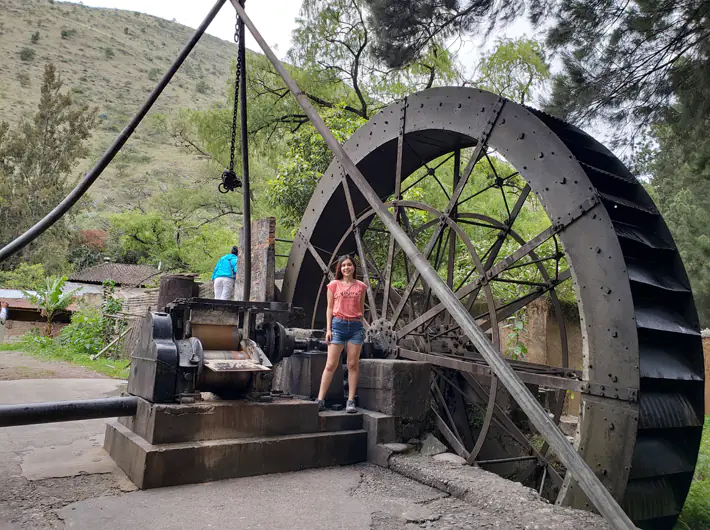
Huánuco, place of fertile valleys and a rich brandy!
The first day I was in Huánuco I had a very interesting Full Day because I got to know what the city’s economy is based on. Huánuco is lucky to be surrounded by fertile valleys, where varieties of fruit are grown and also sugar cane, which is later converted into the popular and strong aguardiente.
One of the valleys we visit is called Tomayquichua, on the banks of the Huallaga River. Here we visit the ‘Casa de la Perricholi’ which is now a museum where they explain the history of the peculiar artist Micaela Villegas, born in the middle of the 18th century Viceroyalty. The house preserves its photographs, furniture and what, personally, I liked the most was the panoramic view that you can get from the terraces of the house towards the Tomayquichua valley. Feel free to take some pictures at this point.
After visiting Perricholi’s house, we went to Hacienda Cachigaga , who, since 1920, using sugar cane as their main source, produce products such as aguardiente, panela, chanchaca, honey, macerated fruits in aguardiente, etc. Here they gave us complete information on how the brandy is made, since the raw material is collected, dried, fermented and distilled. To learn about these processes, they gave us a tour of the hacienda to see the machines that are used, such as the Trapiche, the fermentation and distillation room, the place where the cane is dried, and most importantly, they explained to us what they do with cane residues.
Hacienda Cachigaga has an environmental commitment, which is why, in its production processes, nothing is wasted. They are considered an Ecological Fund. And, for example, in the case of sugarcane residues (bagasse), they dry it completely and then turn it into ashes, which when mixed with soil becomes an organic fertilizer ready to be used in other crops.
Of course, after touring the Hacienda, they took us to try all the products they make. And let me tell you that the aguardiente was no longer!! Delicious! and the macerates needless to say, it was the ideal way to end this tour.
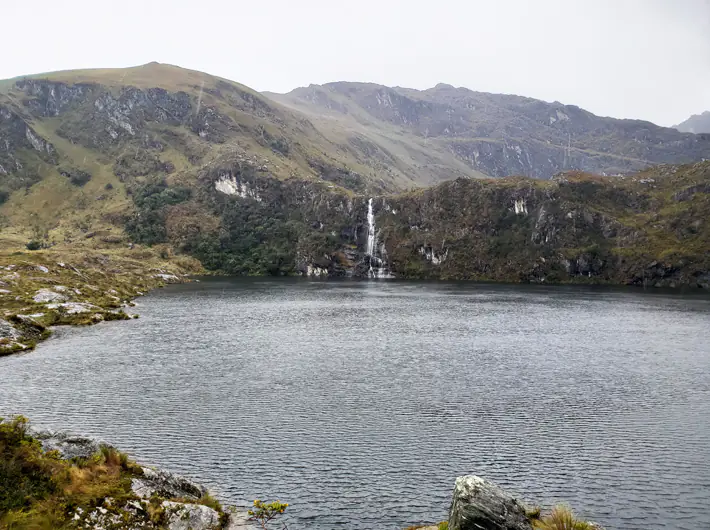
Kotosh: Nature and the Temple of the Crossed Hands
When I was in school, several years ago, one of the first archaeological sites we were shown was Kotosh and its famous Temple of the Crossed Hands. It is no secret to anyone that Peru is full of archaeological sites and centers, moreover, every year they find a new one, some of these sites are very famous and super visited like Machu Picchu, for example, but there are others that are very interesting too, but what they have not been worked for tourism, this is, without a doubt, the case of Kotosh, which still requires a better tourist infrastructure and also more archaeological research. But, even so, the tour I did left me satisfied and fulfilled all those expectations I had of the place since I was a child.
Kotosh (2000 – 1500 BC) is one of the oldest archaeological sites in Peru and is located just 5km from the city of Huánuco! on the right bank of the Higueras River and is characterized by being made up of a series of enclosures whose walls have high reliefs made of clay, the most important of them and the most investigated is the Temple of the Crossed Hands. The temple has niches in each of its walls, within which, possibly, ceramics were placed and also a central hearth in which the offerings were burned. What stands out the most, and for which it bears its name, are the two reliefs made in clay and in the shape of crossed hands, about which the exact meaning is not yet known, but it does have a religious-spiritual connotation.
The residents of the area told me that, for them, Kotosh is also an energy center where they go to renew their energies and fill themselves with pure positive vibes. Perhaps it is because of the place where it is located, surrounded by high mountains, a river and obviously the temple that has a religious connotation.
Up the ADRENALINE visiting Pichgacocha!
Now yes, here comes the part of my trip that made me feel thousands of emotions in a single day. This tour went to the Pichgacocha lagoons, which are about an hour by car from the city of Huánuco. The two days before this tour, you could already see me asking the universe so that it would not rain that day, because this tour is about a trek between 3100 – 4000 masl The agency, very professional as always, had already told me that if it rained very strong we were not going to be able to go, because the walk is intense and with rain much more.
And so the long-awaited day arrived, I woke up, I looked out the window and it wasn’t raining! It was cloudy yes, but no rain. Then they contacted me from the agency and told me that they would pick me up to go do the trekking.
We started our walk with a cute puppy that accompanied us throughout the journey. oh! Before continuing, I must tell you that Pichgacocha are two Quechua words together: Pichga means five and Cocha means lagoon. Therefore, this trek was about walking and visiting these 5 lagoons, each one at a higher altitude than the other.
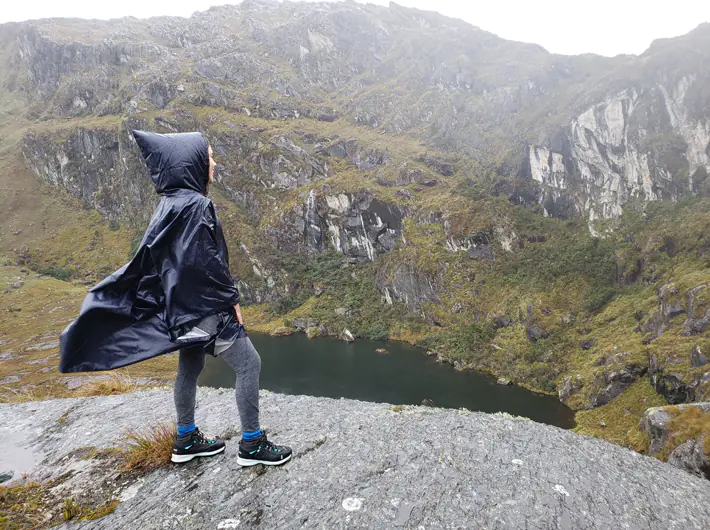
Getting to the first and second lagoon was easy since the geography was more or less flat, good weather, it was dry, so it was not intense at all.
The difficult part began when we were already going to the third lagoon, it was a longer stretch, uphill and just at that moment it started to rain super hard! And it wasn’t just a matter of rain, but also the temperature began to drop. We put on our rain ponchos and continued walking until we reached the third lagoon. My hands were cold! and I felt that they were beginning to swell, and, I must admit, I did not go with the ideal clothes for this type of walk, perhaps I underestimated the weather and thought that there was a possibility that the sun would come out. My advice to you: Bring a good waterproof jacket, gloves and a hat, apart from good trekking shoes and a rain poncho.
To reach the fourth lagoon, we had to walk a little over an hour, uphill, already drenched by the rain and climbing some retaining walls of the dam of this lagoon. For me that was the most difficult. But we made it! And they don’t know the satisfaction I felt doing it. When we reached the fourth lagoon, the rain was still heavy but my guide encouraged me to continue to the fifth, to our goal. I tell you the truth, I was already satisfied with having reached the fourth, but I only had one left, so I continued, happily this one was not that far away. When we arrived I was impressed by how big it was, it is much bigger than the other four and it is already practically between the top of the mountains. Tears came to my eyes at that moment, and I thanked nature for giving me the strength to continue. As a gift from her, the rain stopped and even a few rays of sunlight broke through the dense post-rain clouds. Happiness overwhelmed me.
After being completely calm for a few minutes, we begin our return, obviously also on foot, like a true trek. The return was a little faster, although, at times, somewhat risky, so everything was wet. Already when we saw the car we were grateful for having finished the walk safe and sound.
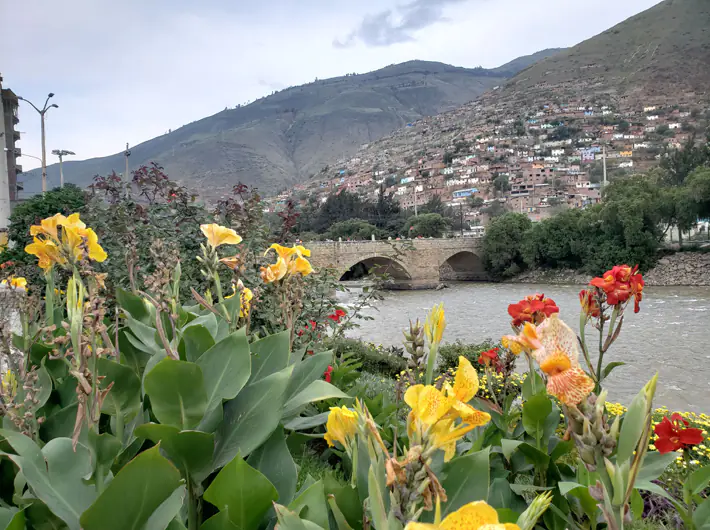
And so they spent three days visiting the city of Huánuco. As I went in January, the city was full of colors and music, and everywhere I saw the Danza de los Negritos, a traditional dance of the region that is performed at Christmas time until Bajada de Reyes. Huánuco is traditional, historical and adventurous, everything one looks for when traveling, I was left wanting to continue exploring it, I will surely return soon.
Useful data:
Altitude: 1800 meters above sea level (Huánuco city).
Access routes: Air and land.
Holiday Dates:
– December 25 – January 19: Feast of the Negritos
– February 20 – 28: Carnivals!
– July 26 – 29: Festival of the Sun
– August 12 – 15: Anniversary of the Spanish foundation of Huánuco
– July 26-29: Festival of the Sun
For more information about this destination, go to: https://www.peru.travel/es-pe/donde-ir/huanuco.aspx



